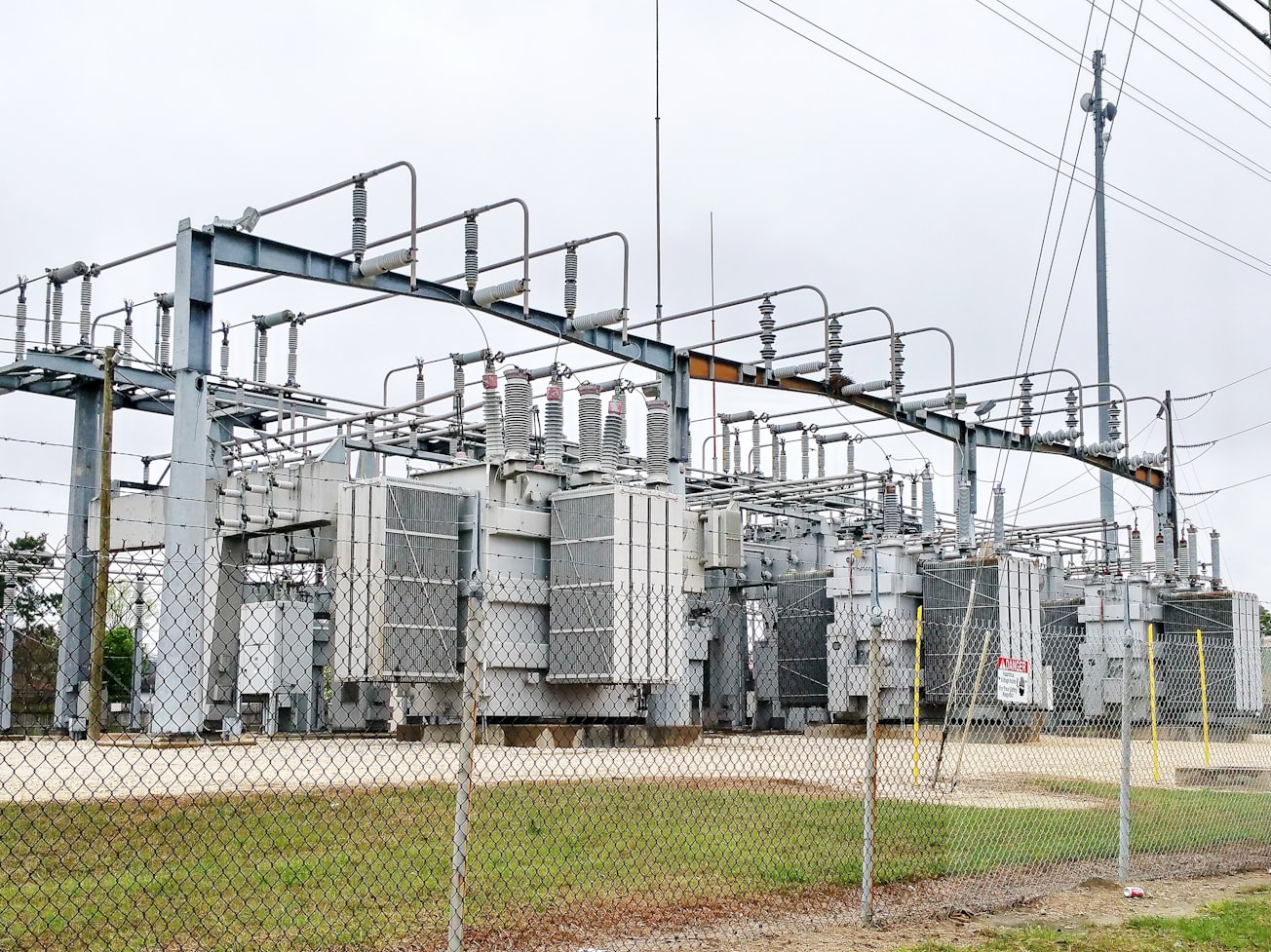What is it about?
In this paper the performance of NE as insulation in transformers by evaluating the ageing of NE impregnated cellulose pressboard is presented. For this purpose, an accelerated ageing experiment has been carried out in sealed tubes at 120 °C. The ageing of oil impregnated pressboard has been characterised by decrease in the degree of polymerisation (DP) of pressboard, and the formation of both 2-furfuraldehyde and dissolved carbon dioxide (CO2) in the oil. The structural changes of cellulose have been supported by Fourier Transform Infrared (FTIR) spectra. Moreover, the results have been compared with cellulose insulation samples aged under similar conditions in conventional mineral oil. Acidity value, dissipation factor and viscosity measurements have been used to compare the stability of NE in a transformer operating environment to mineral oil.
Featured Image

Photo by ETA+ on Unsplash
Why is it important?
Cellulose based insulation materials and mineral oils have widely been used in liquid filled transformers. Environmental and fire-safety concerns have accelerated the use of Natural Esters (NE) as a sustainable alternative to mineral oil. There is a rapid growth of their application for distribution level transformers. To ensure a safe and long-term operation of the vegetable oil filled transformers, it is necessary to clarify the knowledge gaps with respect to the ageing of vegetable oil impregnated cellulose and insulation diagnostic methods. The condition monitoring of mineral oil filled transformers has been well characterised, due to the numerous laboratory and field studies conducted during the past several decades. The application of these available condition monitoring techniques for NE filled transformers is yet to be validated as the use of NE for power transformers is in the evaluation stage.
Perspectives
CELLULOSE, which is a natural polymer from wood, provides outstanding insulating properties at a reasonable cost when impregnated with insulating oil. Therefore, cellulose based insulation materials are commonly used in many high voltage assets including power transformers. Different types of cellulosic materials, such as hemp Kraft paper, crepe Kraft paper and pressboard are used in liquid filled transformers. In power transformers, up to several tonnes of cellulose is used in form of pressboard and paper
Dr Pratheep K Annamalai
University of Queensland
Read the Original
This page is a summary of: Understanding the ageing aspects of natural ester based insulation liquid in power transformer, IEEE Transactions on Dielectrics and Electrical Insulation, February 2016, Institute of Electrical & Electronics Engineers (IEEE),
DOI: 10.1109/tdei.2015.004744.
You can read the full text:
Contributors
The following have contributed to this page







